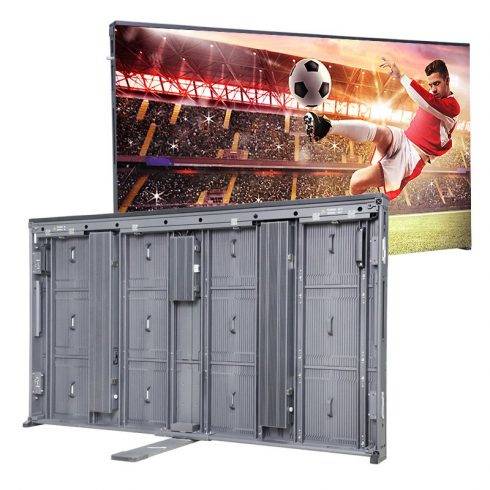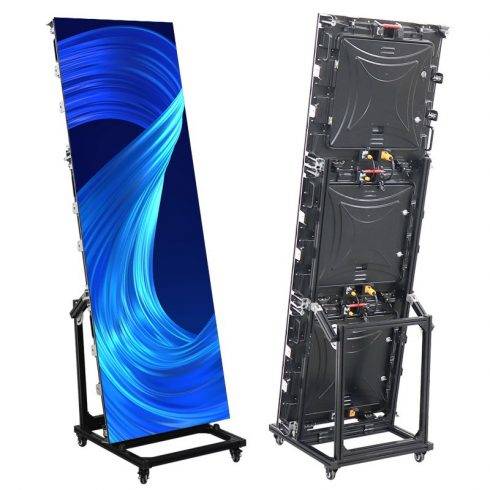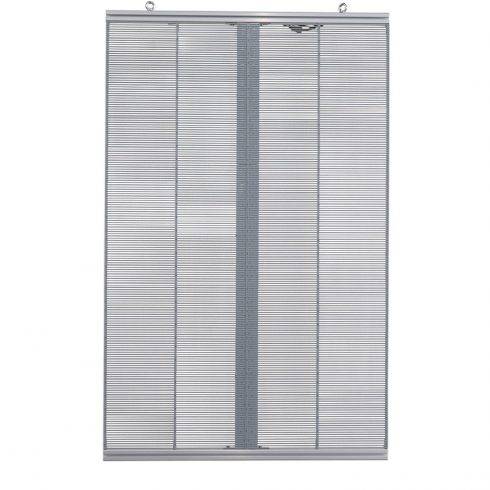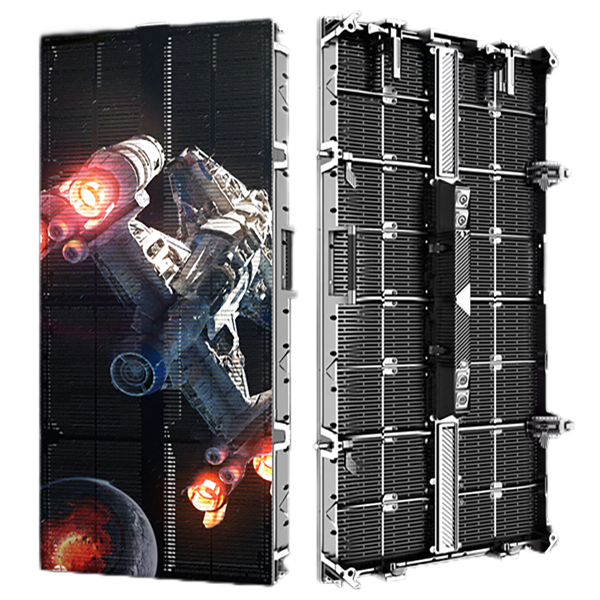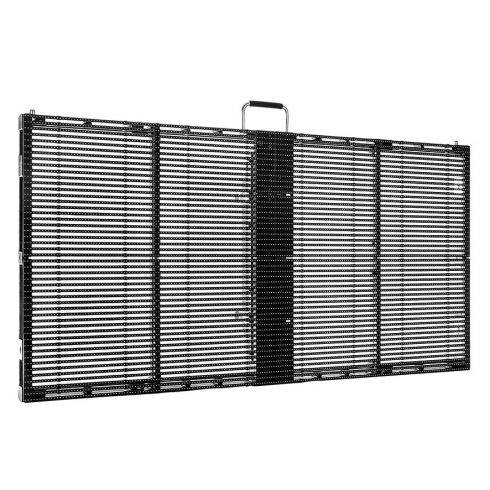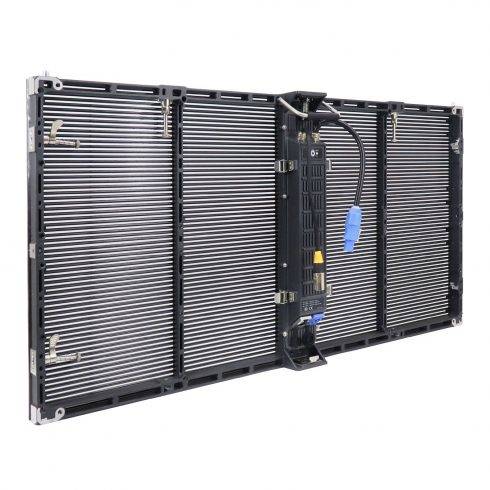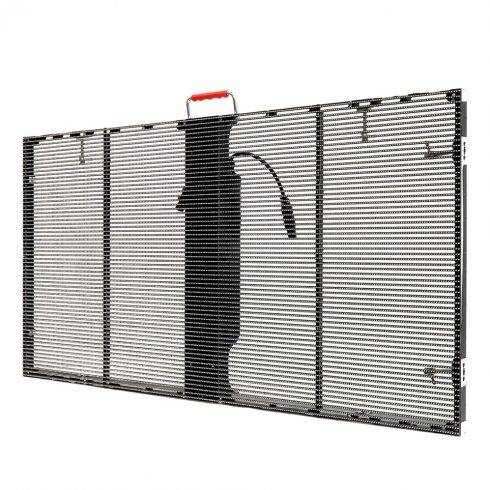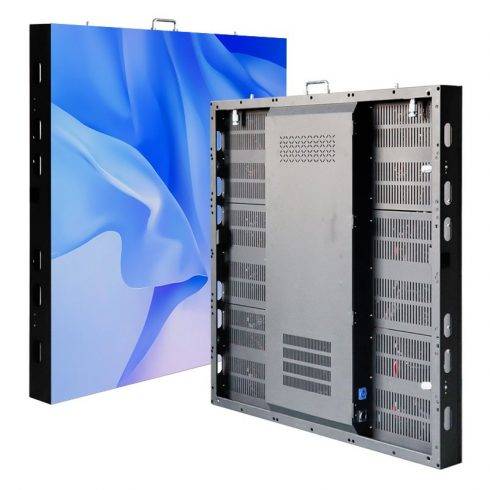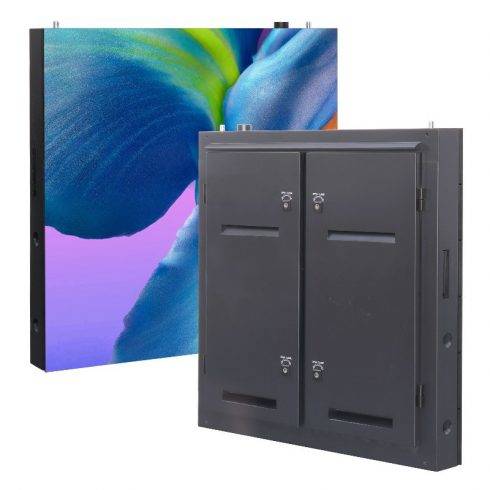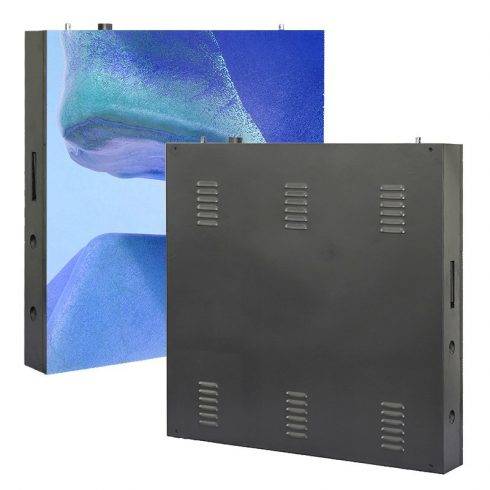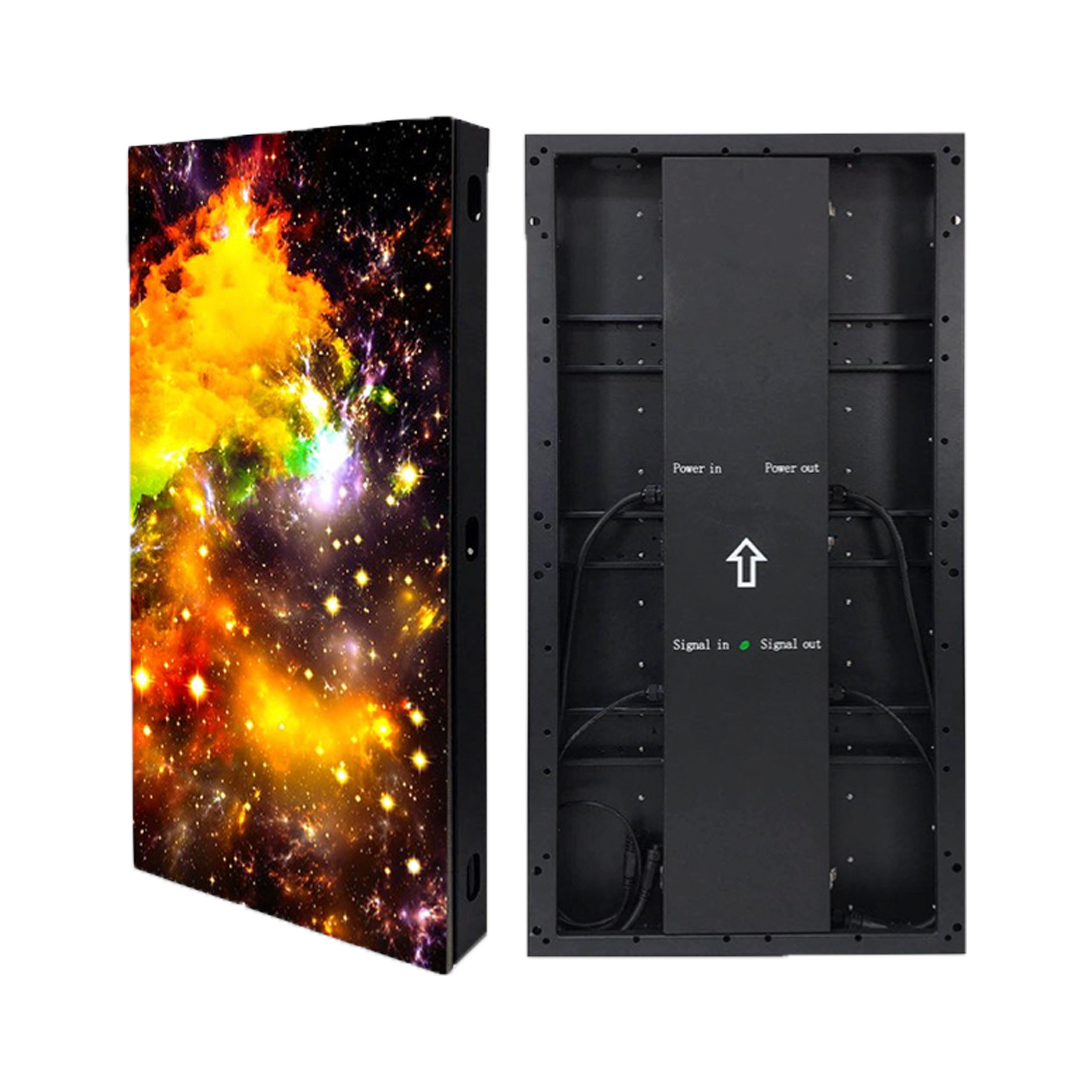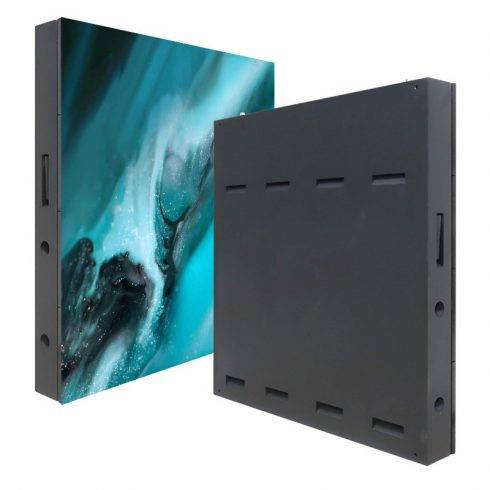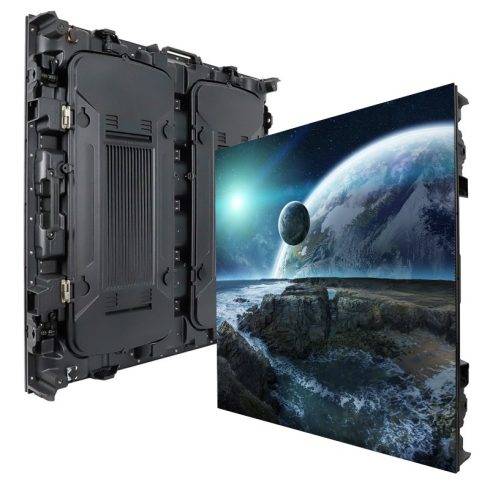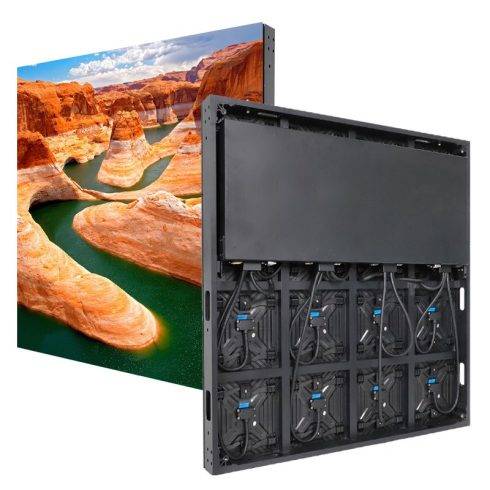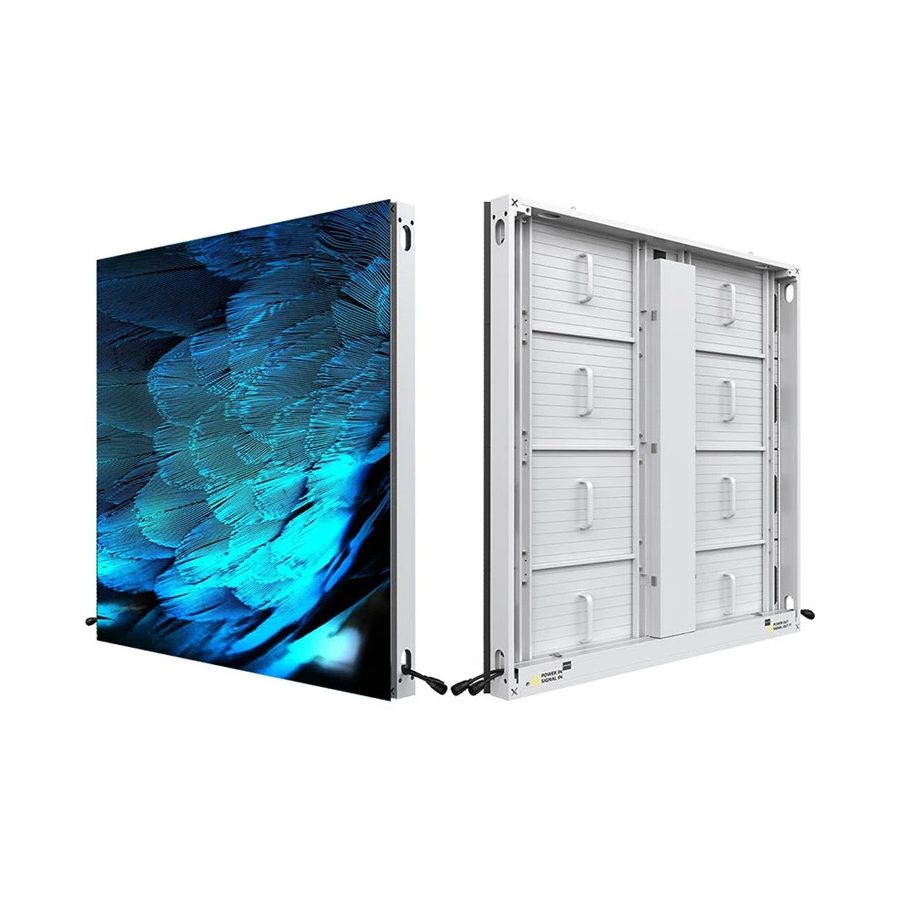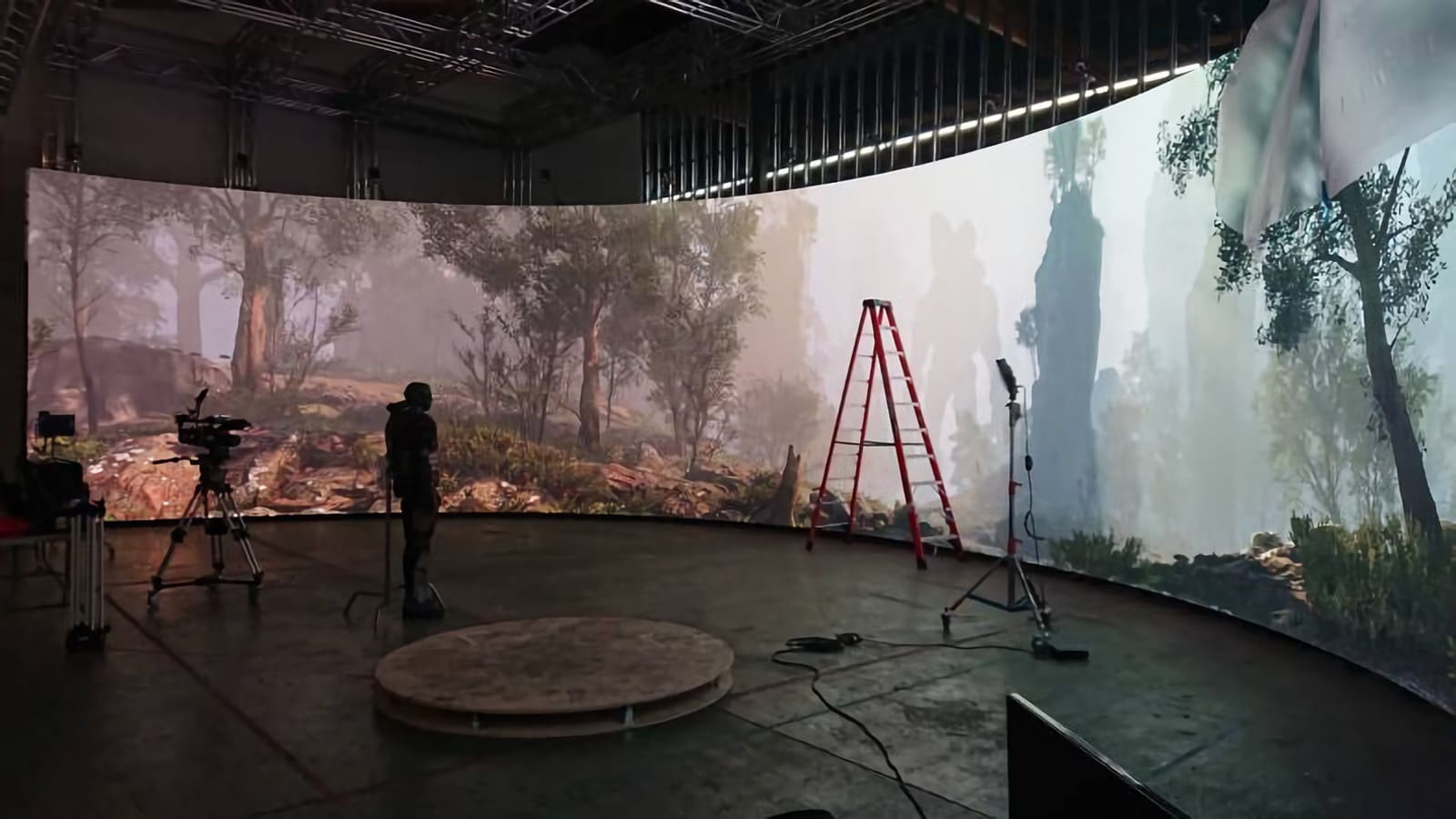In today’s fast-paced digital world, the demand for dynamic and adaptable display solutions has skyrocketed. Among these, flexible LED displays—commonly referred to as soft LED screens—are leading the charge, offering unparalleled versatility, creativity, and performance. Their factory-direct availability at competitive prices has further expanded their accessibility, making them the go-to choice for businesses and designers alike.
What is a Flexible LED Display?
A flexible LED display is a type of digital screen built with highly malleable materials, allowing it to bend, curve, and twist without compromising functionality. Unlike rigid LED panels, these displays can conform to unique shapes and structures, enabling innovative visual presentations.
Key Features of Flexible LED Displays
- Bendable Structure: Flexible LED screens can adapt to convex, concave, cylindrical, or even irregular shapes, making them ideal for creative installations.
- Ultra-Thin and Lightweight: Designed for seamless integration, these displays are remarkably thin and light, reducing logistical and structural constraints.
- High Resolution: Despite their flexibility, soft LED screens deliver stunning visual clarity with vibrant colors and sharp details.
- Durability: Built with robust materials, these displays are resistant to wear and tear, ensuring longevity even in challenging environments.
- Easy Installation: The lightweight design and modular construction make installation quick and efficient, reducing downtime and labor costs.
Applications of Flexible LED Displays
The versatility of flexible LED screens has led to their adoption across various industries:
1. Retail and Advertising
Retailers and advertisers are leveraging flexible LED displays to create eye-catching storefronts and immersive brand campaigns. Curved or cylindrical designs attract attention, while dynamic visuals enhance brand storytelling.
2. Event and Stage Design
In the world of live events, concerts, and stage productions, soft LED screens allow for breathtaking visual effects. Their ability to wrap around stages or create 3D-like backdrops elevates the audience experience.
3. Corporate and Office Spaces
Businesses use flexible LED displays for modern office aesthetics, interactive boardrooms, and dynamic lobby visuals that leave lasting impressions on visitors.
4. Architecture and Interior Design
Flexible LED panels are increasingly being used in architecture, where they blend seamlessly into walls, ceilings, and other structures to enhance the ambiance of a space.
5. Transportation Hubs
Airports, train stations, and bus terminals employ these displays for information boards that fit curved walls or unique structures, ensuring visibility without compromising design.
Advantages of Factory-Direct Flexible LED Displays
Purchasing flexible LED screens directly from manufacturers offers several benefits:
- Cost Efficiency: Factory-direct pricing eliminates intermediaries, ensuring the best value for your investment.
- Customization Options: Manufacturers can tailor displays to meet specific size, shape, and resolution requirements, enabling truly unique installations.
- Quality Assurance: Dealing directly with the source ensures strict quality control and access to the latest technologies.
- Technical Support: Factories often provide end-to-end support, from initial design to installation and maintenance.
- Bulk Availability: Factory-direct access makes large-scale orders more feasible and cost-effective for ambitious projects.
How Flexible LED Displays Are Made
The manufacturing of flexible LED displays involves several advanced processes to ensure flexibility, durability, and performance:
- Material Selection: High-quality, flexible PCB (Printed Circuit Boards) and silicone-based materials are chosen for their bendability and resilience.
- LED Module Assembly: Micro-LEDs are precisely mounted onto the flexible PCB to create pixel arrays.
- Protective Coating: A durable coating is applied to shield the LEDs from physical damage and environmental factors like moisture or dust.
- Testing and Calibration: Each display undergoes rigorous testing to ensure uniform brightness, accurate color representation, and seamless operation.
Technology Behind Flexible LED Screens
Flexible LED screens rely on cutting-edge innovations to deliver their unique capabilities:
- SMD Technology: Surface-Mounted Device (SMD) technology enables compact and efficient LED placement, crucial for flexible designs.
- Dynamic Pixel Pitch: Adjustable pixel pitch allows for customization of resolution based on viewing distance and application.
- Magnetic Modules: Many soft LED panels use magnetic connections, making assembly and maintenance straightforward.
- Seamless Splicing: Modular construction ensures smooth connections between panels, creating a uniform display surface even in complex configurations.
Case Studies: Flexible LED Displays in Action
- Times Square Advertising
A global brand used a curved flexible LED screen in the heart of Times Square, creating a visually stunning campaign that captured millions of eyes daily. - Museum Installations
A museum integrated flexible LED panels into its architecture, using the displays to create interactive, wraparound exhibits that brought history to life. - Concert Stage Design
An international music festival employed flexible LED screens for a stage backdrop that morphed between 2D and 3D visuals, amplifying the performance impact.
Maintenance and Longevity
Flexible LED displays are designed for durability but still require proper maintenance to maximize their lifespan:
- Routine Cleaning: Dust and dirt can reduce screen brightness over time. Regular cleaning with appropriate materials prevents buildup.
- Temperature Management: Operating within recommended temperature ranges ensures optimal performance and prevents overheating.
- Software Updates: Keeping the display software updated guarantees compatibility with new features and systems.
- Component Replacement: Modular designs make it easy to replace faulty sections without disrupting the entire display.
The Future of Flexible LED Displays
As technology advances, the potential of flexible LED displays continues to grow:
- Micro-LED Integration: The emergence of micro-LED technology will enable even thinner and more energy-efficient flexible screens.
- Interactive Capabilities: Touch-sensitive and motion-responsive features will make these displays even more engaging.
- Eco-Friendly Designs: Manufacturers are exploring sustainable materials and energy-efficient designs to minimize environmental impact.
- Transparent Displays: Flexible, semi-transparent LED screens will find applications in retail windows, automotive displays, and more.
Choosing the Right Flexible LED Display
When investing in a flexible LED screen, consider the following factors:
- Pixel Pitch: Determine the required resolution based on the viewing distance. A smaller pixel pitch offers higher detail.
- Brightness Levels: Choose a display with brightness suitable for its intended environment, whether indoor or outdoor.
- Customization Needs: Ensure the manufacturer can meet specific size and shape requirements.
- Durability: Verify the screen’s resistance to environmental factors like humidity, heat, and mechanical stress.
- Warranty and Support: Opt for factory-direct suppliers that provide comprehensive warranties and technical assistance.
Conclusion
Flexible LED displays are revolutionizing the digital signage and visual communication industries with their unmatched adaptability, high-quality visuals, and creative potential. Factory-direct options make these cutting-edge technologies more accessible and cost-effective than ever. From retail spaces and event stages to architectural marvels, flexible LED screens are redefining how we interact with visual media. As innovations continue to push boundaries, the future of flexible LED displays promises even greater opportunities for creativity and engagement.







